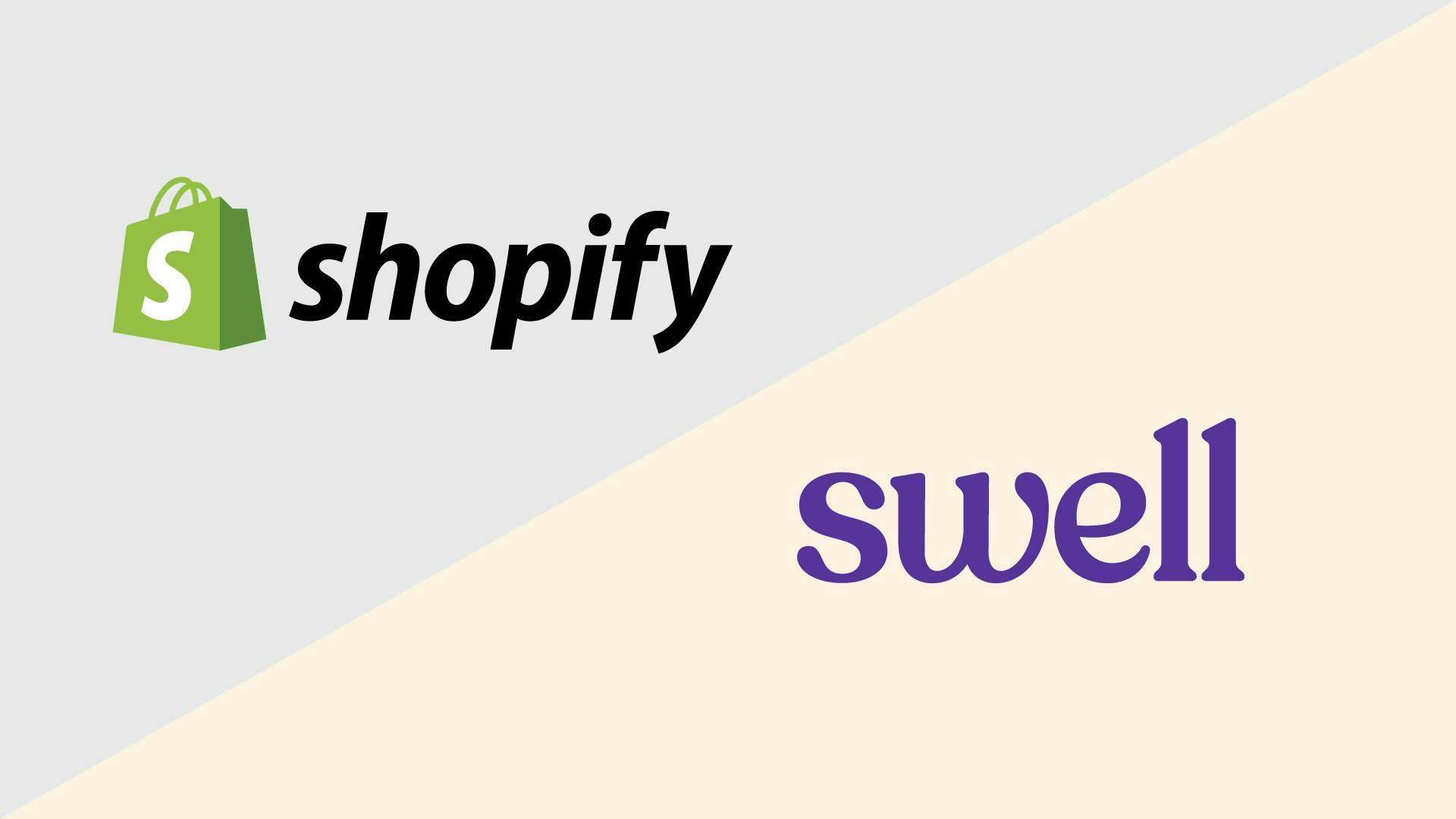Which Headless Platform is the Best?
In the last article, we discussed the pros and cons of a headless E-Commerce site. Now it’s time to compare the two leading headless platforms, Shopify and Swell, head to head. Each of these platforms has strengths and weaknesses, but only you can decide what’s the best option for your E-Commerce site.
Shopify Pros
1. Market leader
The Shopify E-Commerce platform is the clear market leader, compared to Swell. Shopify is synonymous with E-Commerce and is often the first platform most people will mention when talking about E-Commerce. Over 1 million E-Commerce businesses use Shopify in over 175 countries.
Shopify storefronts are highly popular, chosen by top brands like Pepsi and Staples. A quarter of Shopify’s revenue comes from major enterprises like Nestle and Unilever. Clearly, Shopify offers a great E-Commerce platform to attract large corporations.
2. Storefront API offers great headless integration
Shopify makes it easy to integrate it into a headless site, using their GraphQL Storefront API. Developers can easily build fast and unique customer experiences, using Shopify’s API libraries. Choose from a long list of popular frameworks like:
- Next.js
- Gatsby
- React
- Svelte
- Angular
3. Integrations and Third-Party Apps
Shopify has thousands of integrations and third-party apps that can be used to enhance your E-Commerce site. Most established Shopify owners incorporated a handful of integrations, while as many as 35% use up to 10 integrations.
Leverage integrations to bring new customers to the storefront and increase your sales. Connect your business systems and build out the customer experience from end to end. With integrations and third-party apps, you can expand to new digital changes, personalize outreach to your established customers, and offer targeted promotions depending on what a visitor is doing.
Shopify has its own app store, where you can search through thousands of useful integrations. You can find an integration or third-party app for pretty much anything. Shopify offers all of the favorites like MailChimp, Printify, Google, and Instafeed, plus smaller niche integrations.
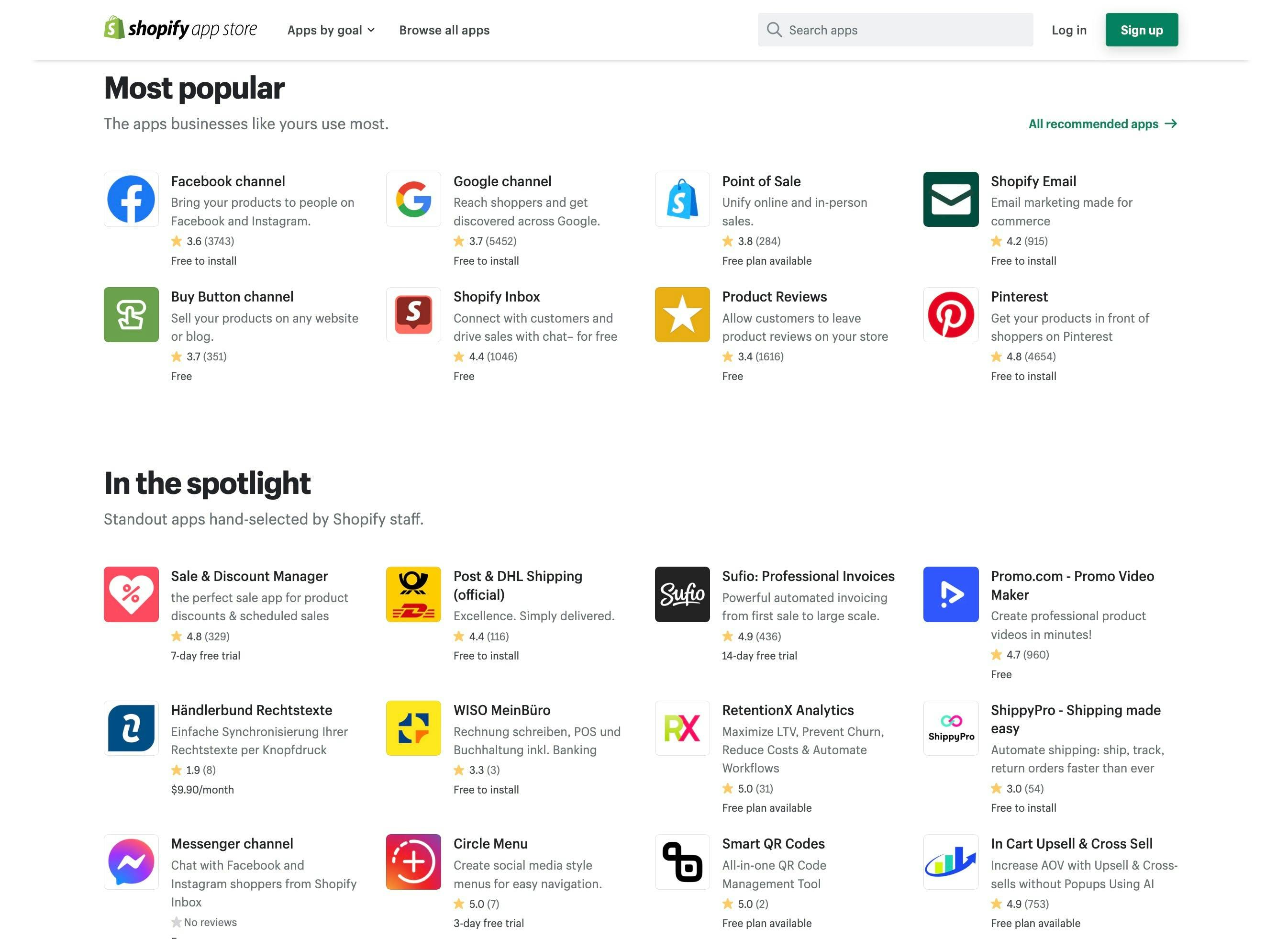
4. Large Community
With a million storefronts using Shopify, there’s a massive community surrounding the platform.
Shopify’s vibrant community makes your job as a storefront owner, much easier. Find and connect with developers, brands, and storefront owners from around the world. Enjoy the constant supply of Shopify talent and stay up-to-date on the latest E-Commerce trends.
Shopify Cons
1. Lacked Headless Support Initially
Shopify wasn’t built with the headless approach in mind. Shopify has been altered to meet the growing demand for headless options. This means Shopify is not as customizable or flexible as an E-Commerce platform specifically built to support headless architecture.
2. Extremely Limited in Options and Variants
Shopify is not designed to accommodate options and variants for your products. You are limited to 3 options and 100 variants per product. That sounds like enough right? Well… it’s not. If you sell customizable products on your storefront, you will quickly experience this limitation. Let’s break it down so you can better understand how limiting this is:
Imagine you sell a shirt with three options:
- Size
- Color
- Style
If you want to add in another option, like length, width, custom text, or whatever else you can image, you are stuck. You have to remove an option first.
Now imagine the variations for these three options:
- Size: Small, Medium, Large, Extra Large
- Color: Red, Blue, Yellow, Green, Orange, Black, Gray
- Style: Crew neck, Scoop neck, V neck
Size has four possible values, color has seven, and style has three. Multiply these together (4 x 7 x 3), and you are already at 84 variants. You can’t add one more value to any of your options, without exceeding the 100 variants rules.
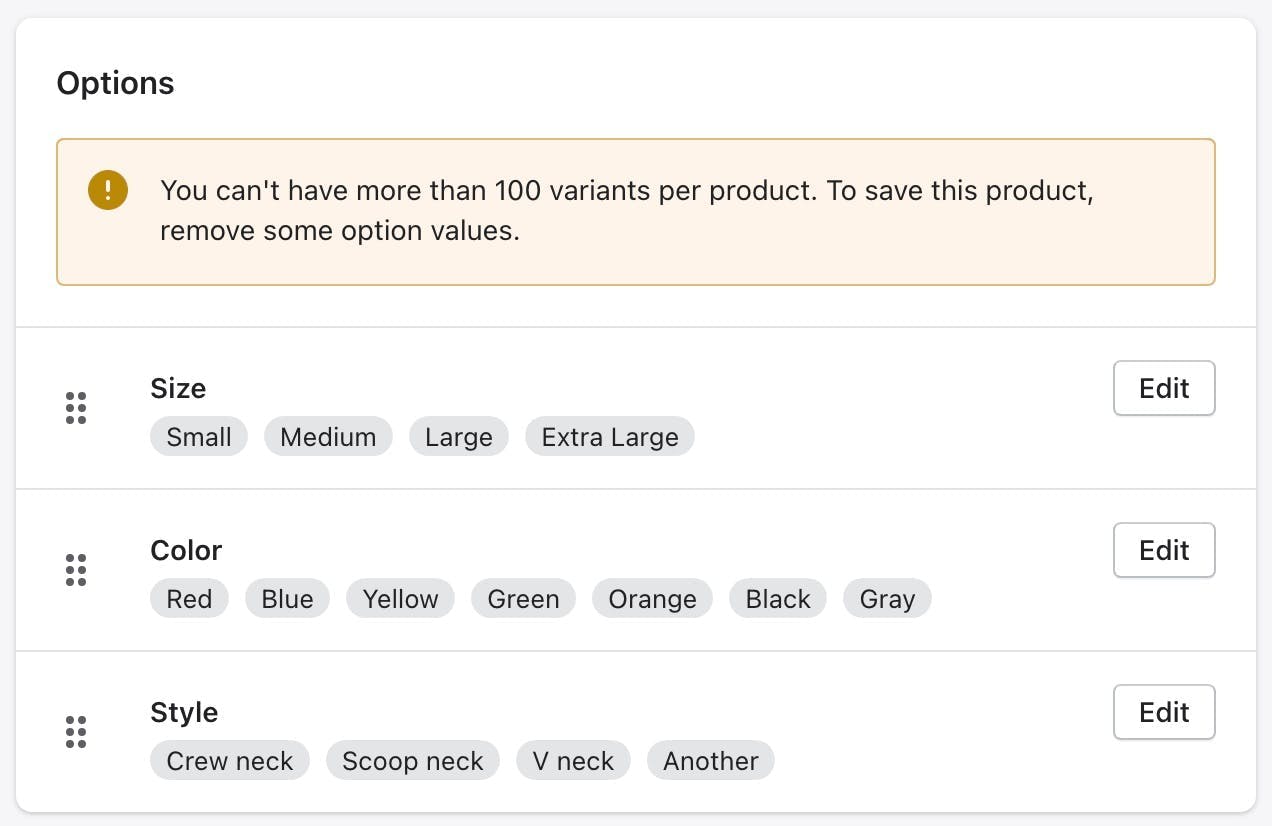
In an E-Commerce landscape where options and size inclusivity is king, this presents a major problem. Your customers will complain that you don’t carry their size or have the product in enough colors or variations.
2. Localization Not Intuitive
If you want to grow into an international brand, with customers around the world, you need proper localization features. Shopify makes you jump through hurdles to have all your product names, option names, and variant names translated to the correct language to suit international visitors. You’ll need to use a separate app from the Shopify app store because translation features aren’t natively supported for your entire site.
3. Limited Checkout Customizations
The goal of a headless platform is to customize to suit your customer’s expectations. Whatever you can dream up you should be able to implement. Shopify falls short, especially for checkout customizations.
You’re limited to a select number of styling options for your checkout pages. If you want to make changes outside of these options, you’re forced to upgrade to Shopify Plus. Shopify Plus will run you an additional $2000 (or more) per month, just so you can add custom checkout scripts.
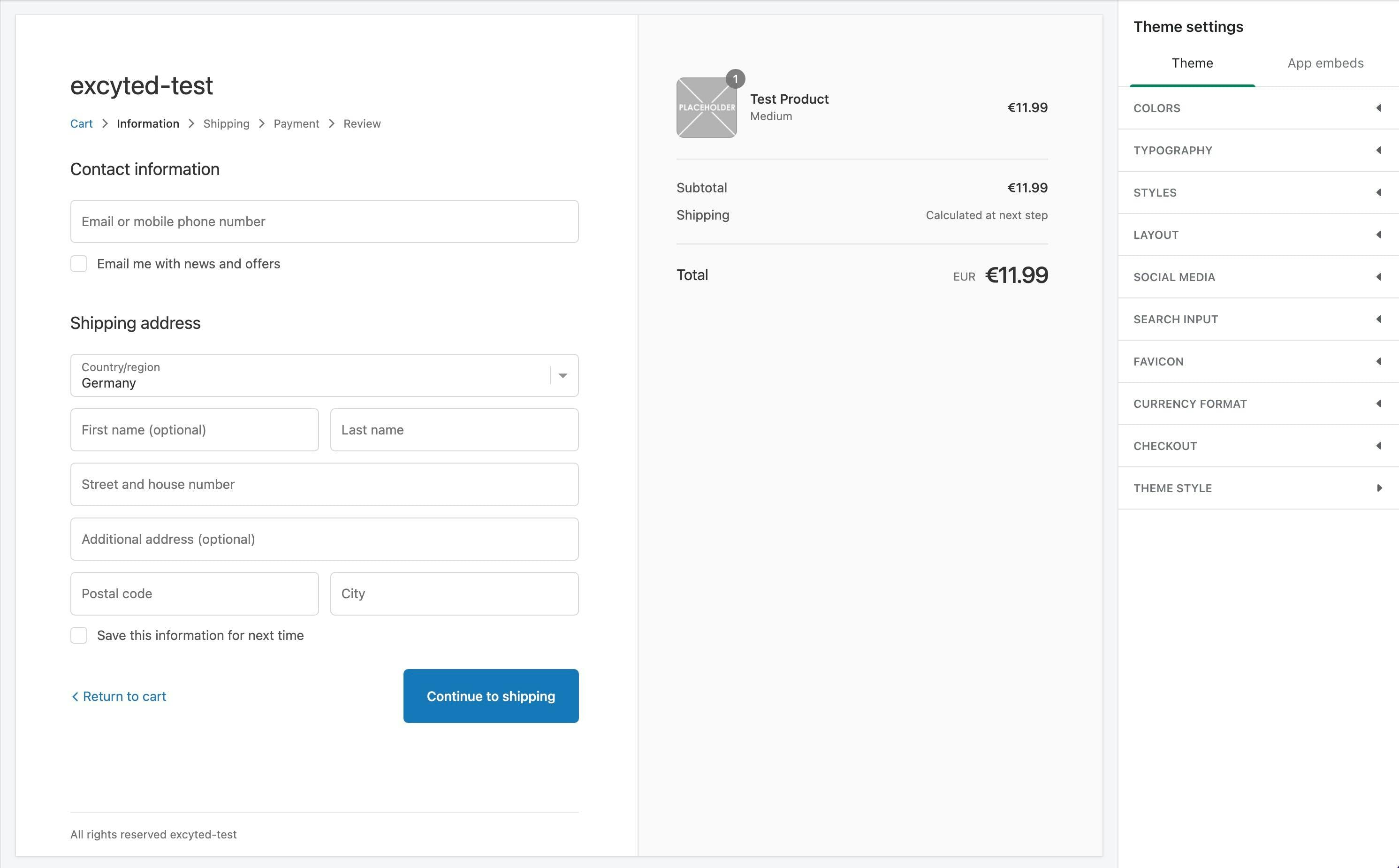
Once you upgrade to Shopify Plus, you can edit the checkout.scss.liquid assets. But shouldn’t this customization just be included with standard Shopify?
4. Only One Image Per Variant
Customers like to see what they’re buying before they commit to a purchase. They want to look at products from different angles or, in the case of clothing, on different models. Shopify limits your ability to meet this customer expectation, by only supporting one image per variant.
Selling a shirt with designs on the front and back? Well, you have to choose which side of the shirt to show. Selling a watch with numerous interesting design features? Well, you can’t showcase each feature, you’ve got to select a single photo to represent that variant.
One image per variation is a major limitation as an E-Commerce site, especially if you’re competing with storefronts that showcase multiple product images per variation.
5. Custom Attributes Not Natively Supported
If you want to enhance your product descriptions with custom attributes, you can’t do that out-of-the-box with Shopify. You have one description field for each product, and that’s it. If you want to expand the description into several key places on the product page and pair these with images, you have to use a workaround.
You’ll need to use a separate headless CMS if you want to add additional text, images, or other data for a product. Of course, you can use Shopify meta fields, but these are a poor choice limited only to text.
Swell Pros
1. Made for Headless Structure
Swell was designed specifically for a headless and API-first approach. This means the Swell platform was built around the concepts of customization and flexibility. With Swell, you create whatever kind of storefront you can imagine.
2. Easy Localization Adjustment
Swell takes a native approach to localization features, allowing you to extend your business into near areas of the world, without any hassle. All aspects of translation are natively built in, so that currencies, pricing adjustments, and individual fields are automatically translated. You’ll enjoy the ability to set pricing adjustments for products and variants and individual currencies. Adjust prices up or down for specific locales depending on current market trends.
3. Unlimited Variations and Options
Don’t worry that your products have too many variations or options to be displayed on your website. With Swell, you aren’t limited to a discrete number of variations or options. You can offer products to your customers with 10, 15, or even 20 options and thousands of variants without an issue.
Your customers will love the improved range of product offerings. They can select the exact color or size of the product they’re looking for and don’t have to settle. Customers often shop for a very specific product in mind, and if they can’t find that color, pattern, material, or size within your store, they’ll go elsewhere. The competitive advantage of unlimited product variations and options cannot be understated.
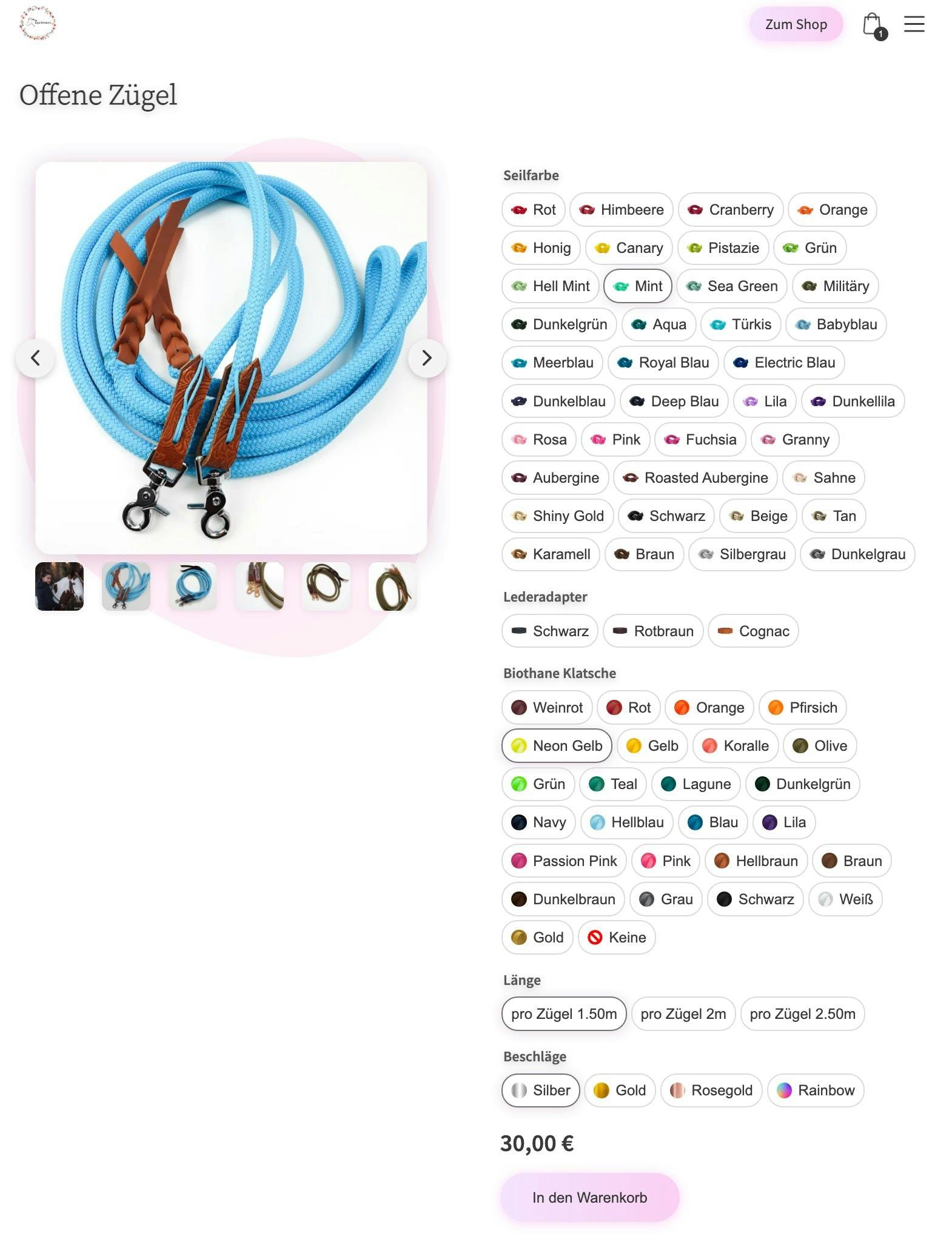
4. Basic Checkout Customizations + Scripts
Swell offers all the most popular basic checkout customizations that customers love. Tailor the checkout page to match your site’s branding. Add express checkout features and gift options. You can insert scripts, something you can’t do without purchasing Shopify Plus.
You can even create a custom checkout experience, although this is a huge undertaking and is not recommended in most cases.
5. Multiple Images Per Variant
Feel free to take as many product photos as you want for your product variants. Using the Swell platform means you’re not limited to just one image per variant. If you want to showcase different aspects of a variant, you are free to do so. Your customers will appreciate the improved product photography.
6. Unlimited Custom Attributes
Make your E-Commerce site stand out with custom attributes. Enhances your typical product descriptions by adding custom product attributes in the form of text, images, and other mediums. If your products have key selling points that you want to stand out, you can make that happen with Swell’s unlimited custom attributes option.
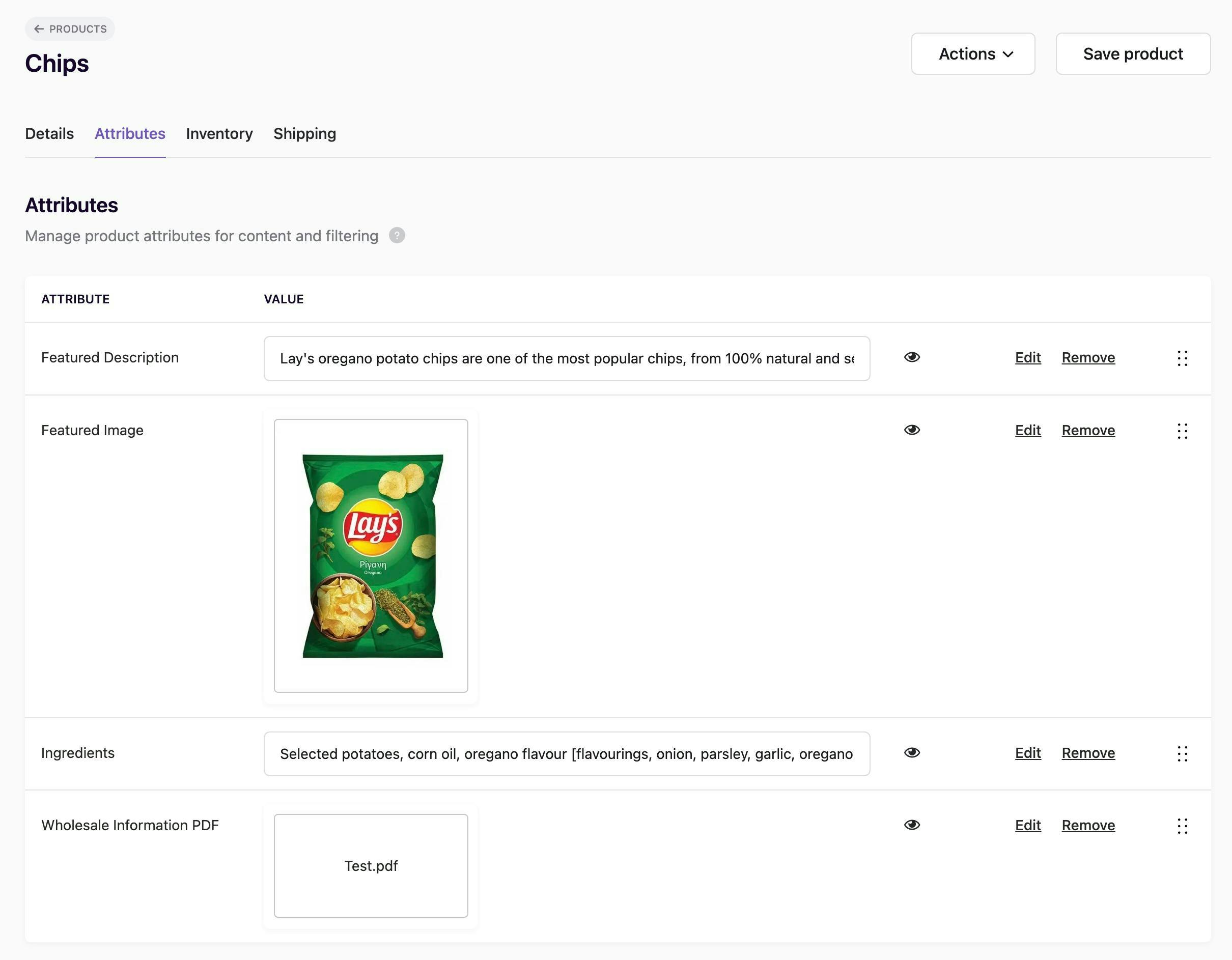
Swell Cons
1. New to the E-Commerce Market
Storefront owners, like you, are more likely to be comfortable with an established brand within the E-Commerce space. Swell is a new E-Commerce platform, and although it offers compelling features and exceptional customizability, it’s still finding its way into the market.
If you choose Swell, you may be one of the earliest storefronts on their platform. There’s lots of exciting value there, but it can be scary from a business perspective.
2. Limited Integrations and Third-Party Apps
Swell is still new to the market and integrations take time to develop. Swell lacks some important integrations that are popular with Shopify storefront owners, like PIM systems and delivery providers. If you rely on these integrations and can’t imagine your E-Commerce site without them, this can make it hard to switch.
Swell currently has 40 integrations available on the platform and is adding more all the time. Swell plans to add an app store, but in the meantime, they are focusing on bringing on popular integration partners. They’ve got most of the big names already, such as PayPal, Apple Pay, Klarna, MailChimp, Stripe, and Slack.
3. New Community = Small
Because Swell is new to the E-Commerce market, its community is very small compared to Shopify’s. It’s definitely more challenging to find collaborators, developers, and entrepreneurs that are familiar with Swell at this time. But as the platform grows, so too will its community. Who knows, you may be a part of that growth if you decide to switch to the platform!
Swell or Shopify: Selecting a Headless E-Commerce Platform
So what’s the verdict? How do you pick one headless E-Commerce platform, when both Shopify and Swell are excellent options? Well, it comes down to looking at your current store's limitations and needs. There’s really not a one-size-fits-all when it comes to headless E-Commerce platforms. Only you know what kind of consumers you’re targeting and what kind of products you want to sell.
If you want to curate an E-Commerce site that offers a lot of product variants and showcases products with excellent product photography, targeted product descriptions, and innovative product pages, Swell is your best choice. Swell is also a great choice for storefronts selling technical products with lots of specifications and other information that customers find valuable when shopping. Shopify can’t compete with the level of customization that Swell offers for product pages.
But if your E-Commerce site is heavily reliant on third-party apps and integrations, and less focused on detailed product marketing, Shopify is the best recommendation. Shopify’s thousands and thousands of integrations, provide unique ways to connect your storefront to different services, social media, and platforms. Some product lines just don’t need all the fluff and design choices Swell provides.
If you need expert guidance when making this decision and help setting up your new e-commerce site, turn to Excyted. Our team at Excyted can help you build a powerful Shopify or Swell site tailored to your business needs. Get in touch with us today, let's bring your e-commerce vision to life!
